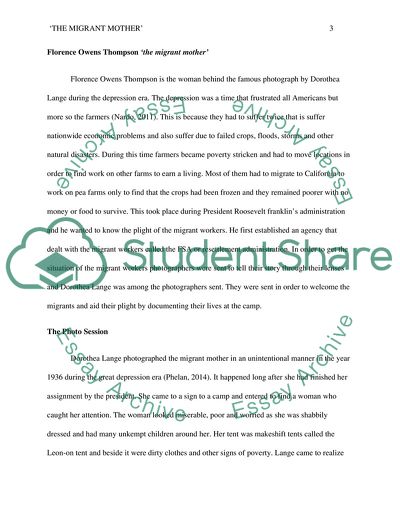Cite this document
(The Migrant Mother Photographs of Dorothea Lange Essay, n.d.)
The Migrant Mother Photographs of Dorothea Lange Essay. https://studentshare.org/visual-arts-film-studies/1875424-photography-research-paper
The Migrant Mother Photographs of Dorothea Lange Essay. https://studentshare.org/visual-arts-film-studies/1875424-photography-research-paper
(The Migrant Mother Photographs of Dorothea Lange Essay)
The Migrant Mother Photographs of Dorothea Lange Essay. https://studentshare.org/visual-arts-film-studies/1875424-photography-research-paper.
The Migrant Mother Photographs of Dorothea Lange Essay. https://studentshare.org/visual-arts-film-studies/1875424-photography-research-paper.
“The Migrant Mother Photographs of Dorothea Lange Essay”. https://studentshare.org/visual-arts-film-studies/1875424-photography-research-paper.


